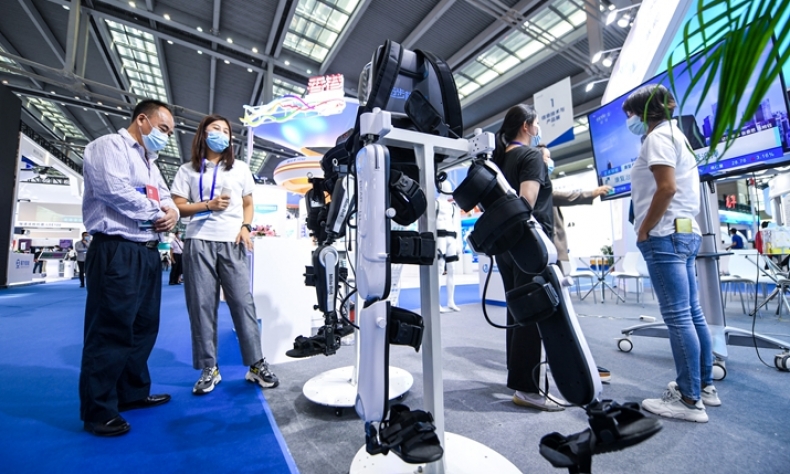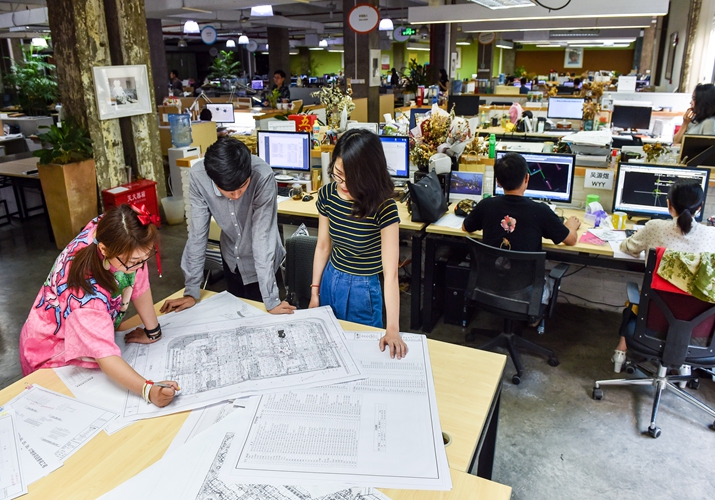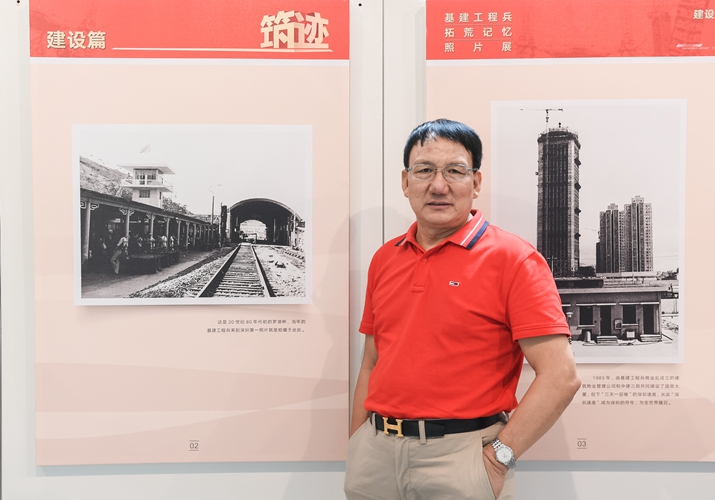Shenzhen’s Astonishing Path to Development Provides Food for Thought

People in Shenzhen are daring to challenge stereotypes and think out of the box. Both the government and the business community are eager to seek changes.
Shenzhen has long been a staple in any discussion on China’s reform and opening up. Shenzhen speed, Shenzhen experience, Shenzhen model… Several Shenzhen-related catchwords have been attracting attention from home and abroad over the past four decades. Shenzhen, one of China’s most advanced metropolises in the southern province of Guangdong, recorded 2.69 trillion yuan ($408.81 billion) of GDP in 2019, more than double that of countries such as Venezuela and Algeria. If it were a country, it would be the 32nd largest economy in the world.
How could Shenzhen, primarily an agricultural county in 1978, grow into a major economic powerhouse of China and an international hub of innovation and entrepreneurship within just 40 years? It is not just foreigners who experience a sense of wonder at such achievements, many Chinese do as well.
Some people attribute Shenzhen’s astonishing path to development to the preferential policies it enjoys as a special economic zone (SEZ). While this is part of the reason, it does not cover the whole narrative. The Central Government approved the establishment of China’s first four SEZs in 1980, namely Shenzhen, Zhuhai and Shantou in Guangdong and Xiamen in the southeastern province of Fujian. In the surge of reform and opening up, they are all advancing ahead of the times and have seen radical change. However, four decades onwards, when people refer to SEZs, the first one that springs to mind is Shenzhen.
When you observe through historical photos the vigorous force that gushed across the grounds of Shenzhen 40 years ago; when you step into the headquarters of Ping An Insurance Group and learn how this first joint-stock insurance company in China ranks 21st among the Fortune Global 500 companies in 2020 and became a conglomerate with businesses of insurance, banking, investment, science and technology, and healthcare, you will find the answers to the “how to create a miracle—Shenzhen style” question.
Opportune timing
Despite its proximity to and port connection with Hong Kong, most local residents in Baoan County, which was restructured to Shenzhen City in March 1979, still lived off agriculture and fishing in the late 1970s.
In December 1978, the Third Plenary Session of the 11th Central Committee of the Communist Party of China (CPC) made the historic decision to shift the focus of the Party and the state to economic development and initiated a policy of reform and opening up.
In April 1979, Xi Zhongxun, First Secretary of the CPC Guangdong Provincial Committee, proposed that the Central Government allow Guangdong to take the lead in implementing the policy and set up export processing zones in Shenzhen, Zhuhai and Shantou adjacent to Hong Kong and Macao. This proposal was endorsed by Deng Xiaoping, known as the chief architect of the reform and opening-up program.
On August 26, 1980, the 15th Plenary Meeting of the Standing Committee of the Fifth National People’s Congress, China’s top legislature, decided to set up four SEZs including Shenzhen. The city subsequently got the opportunity for big development.
In January 1992, Deng paid a visit to Shenzhen, during which he called for greater reform and opening up. In the following years, development in Shenzhen was accelerated.

Favorable location
In the early days, Shenzhen benefited from capital and low-end industries transferred from Hong Kong. A large number of export processing factories were set up there with products exported via Hong Kong. This became the main driver for the rise and sustained development of the city.
Shenzhen has also been favored by innovation-oriented enterprises for its favorable geographic location and sound business environment. Shenzhen-headquartered Huawei Technologies, Tencent Holdings and Ping An Insurance, for instance, have all made the Fortune Global 500 list.
Introducing foreign investment and encouraging Chinese enterprises to go global are the norm in Shenzhen. The Fifth Plenary Session of the 19th CPC Central Committee called for fostering a new development pattern with the domestic market as the mainstay and domestic and foreign markets reinforcing each other, which is a strategy Shenzhen has implemented over the past four decades.
Making full use of both domestic and foreign markets and resources to attract global investment, Shenzhen has realized a historic transition from depending on foreign trade to all-round, high-level opening up.

Greater role
People in Shenzhen are daring to challenge stereotypes and think out of the box. Both the government and the business community are eager to seek changes.
Numerous firsts in China took place in Shenzhen: the first land auction, the first domestic mobile phone brand, the first volunteer group, the first foreign-invested bank, the first stock issuance, the first joint-stock company… In October, Shenzhen became the first city to pilot the digital renminbi.
Following the development of the Pudong area in Shanghai since the 1990s, especially China’s accession to the World Trade Organization in 2001, Shenzhen has sought to build new competitive edges by pursuing innovation-led growth. Its economic development has maintained strong momentum, given the strong sense of entrepreneurship among its people and their innovative power.
Today, all of Shenzhen’s favorable conditions remain.
Promoting the development of the greater bay area that comprises nine cities in Guangdong as well as Hong Kong and Macao is a major strategy of the country. Shenzhen is one of the “four engines,” along with Guangzhou, Hong Kong and Macao, to build the area into a Chinese version of Silicon Valley.
In addition, Shenzhen has been tasked with building a pilot demonstration area of socialism with Chinese characteristics in three steps.
By 2025, the city will become one of the leading cities in the world in terms of economic strength and quality of development, according to a program released by the CPC Central Committee and the State Council. By 2035, it will become a national model of high-quality development, as well as a hub of innovation, entrepreneurship and creativity with international influence. By the middle of the century, it will be among the top cosmopolises in the world and serve as a global pacesetter with outstanding competitiveness, innovative capacity and influence. The miracle of Shenzhen is set to continue.
 Facebook
Facebook
 Twitter
Twitter
 Linkedin
Linkedin
 Google +
Google +










